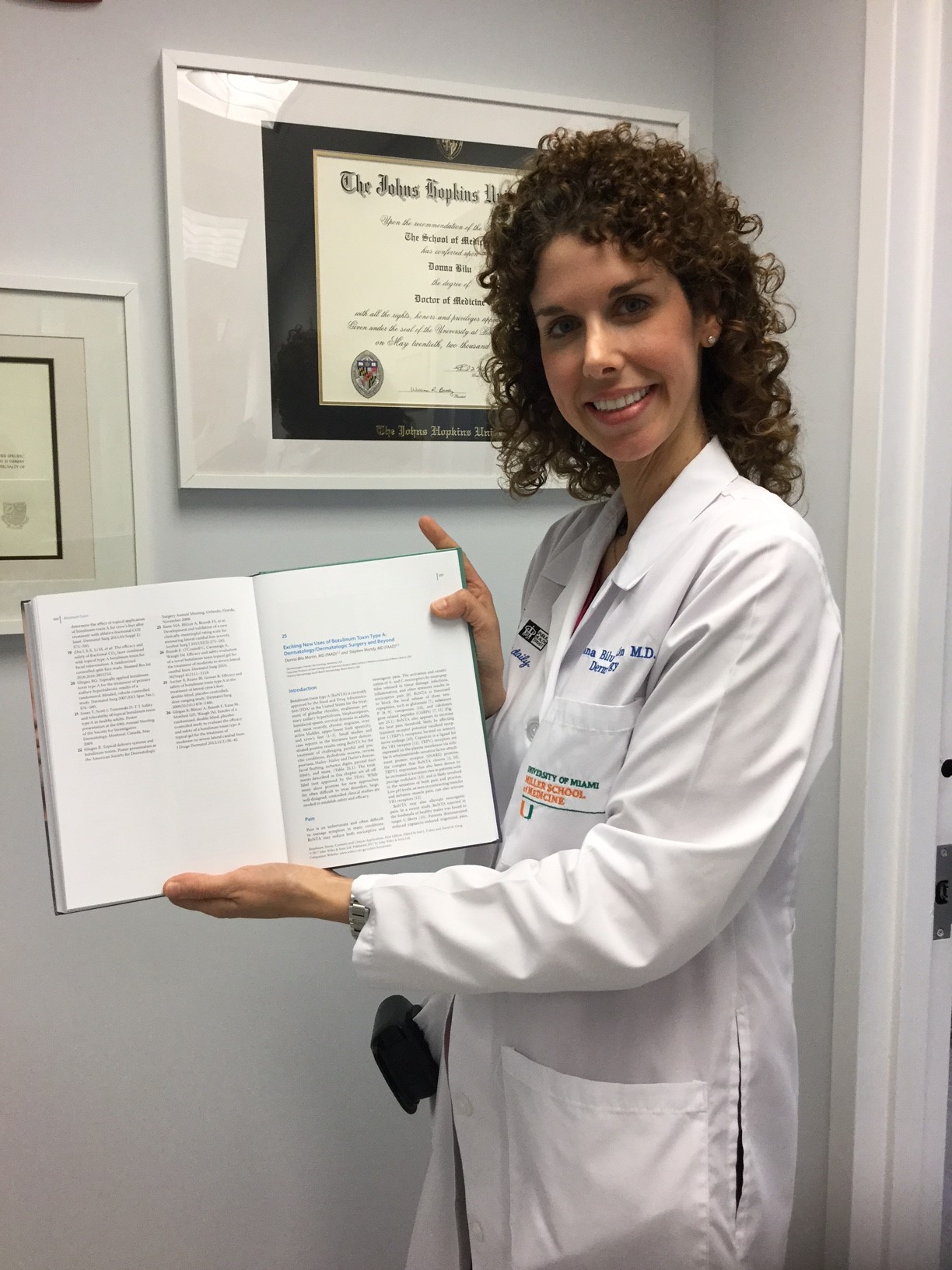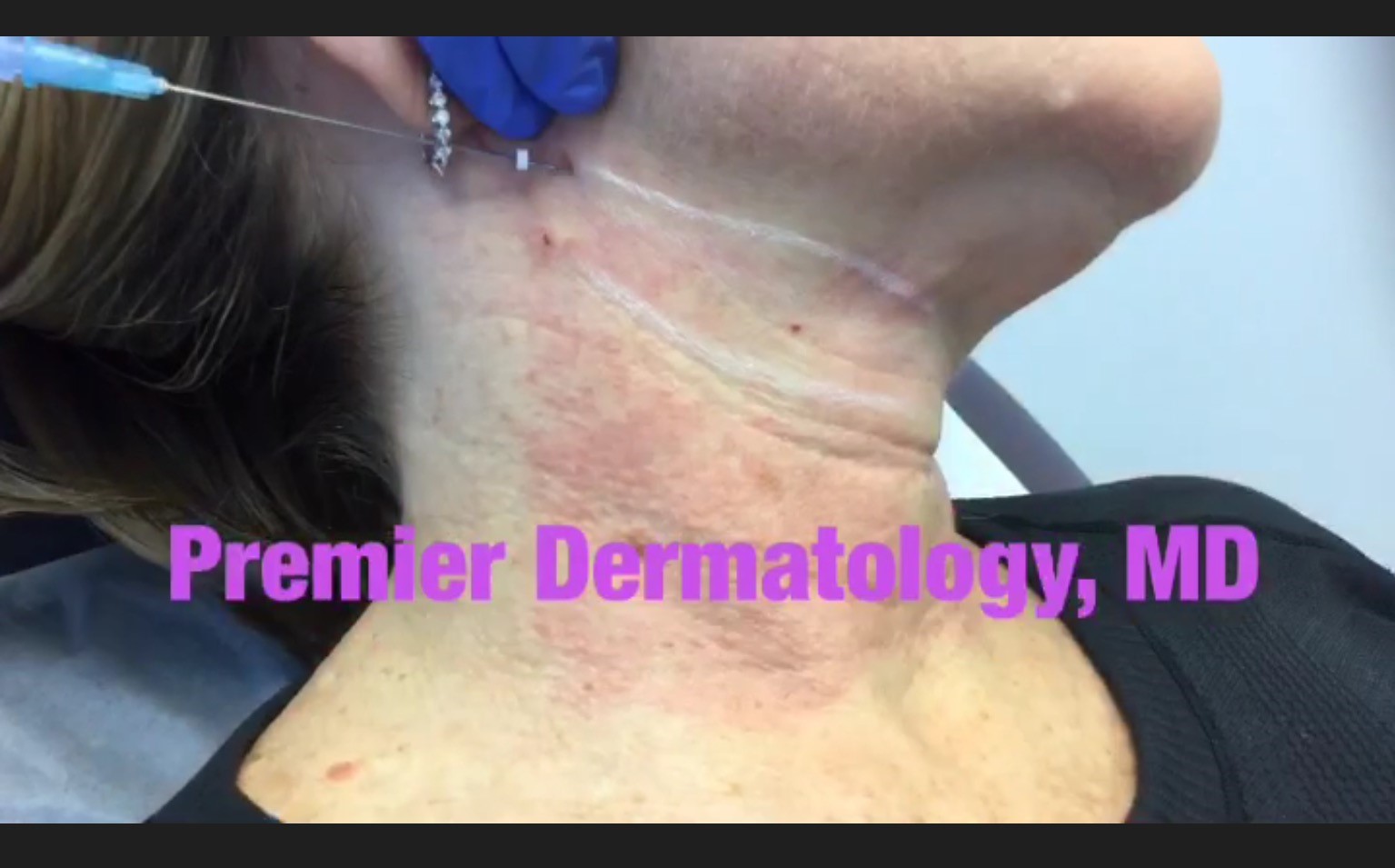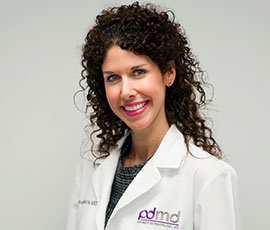Sunblock made simple
There's been a lot of debate about sunblock in the media. Do they cause more harm than good? And if not, which sunblock is best?
Let's set the record straight. Exposure to the sun increases the risk of skin cancer. Taking a daily vitamin D supplement and eating foods rich in vitamin D should be sufficient to maintain healthy levels of vitamin D. For more information, visit the American Academy of Dermatology's website.
SO WEAR SUNBLOCK. Every. Single. Day.
Now, there are some guidelines to follow.
1. Sunblocks should be broad spectrum, meaning they block both UVA and UVB rays.
UVA rays cause the signs of aging (A for Aging): wrinkles, brown spots, and loss of elasticity (read: loose skin). They pass through clouds and are unaffected by weather. UVA rays also cause skin cancer.
UVB rays cause sunburns (B for burning), and vary with the time of day and season. The SPF rating on sunscreen means the level of protection against UVB rays only. Sunblocks should be at least an SPF 30. Anything higher than that doesn't make much difference.
2. Sunblocks consist of two classes of ingredients: chemical blockers and physical blockers. Chemical sunscreens need to be applied 30 minutes before sun exposure so that they can be absorbed into the skin. Physical blockers, such as zinc oxide and titanium dioxide, sit on the surface of the skin and work immediately. So which is better? Many sunblocks contain a combination of the two classes. Some people are irritated by chemical sunscreens, in which case a physical block would be better. Physical sunblocks also tend to be more sweat resistant (which is handy for exercising). Despite claims, there is no evidence that chemicals in sunblock cause cancer.
3. Sunblocks must be re-applied every two hours, and immediately after swimming or excessive sweating. Use the right amount: a teaspoon full for the face; a shotglass full for the body.
At Premier Dermatology, MD, in Aventura, we recommend and carry many sunblocks. Here are just a few we love:
EltaMD UV Pure SPF 41: a broad-spectrum, chemical-free sunscreen. It's great for kids and adults whose sensitive skin can be irritated by chemicals. It's also fragrance-free, paraben-free, and noncomedogenic (as are all the EltaMD susncreens). Dr. Bilu Martin puts it on her kids every single morning, rain or shine.
EltaMD Physical SPF 47: also a broad-spectrum, chemical-free sunscreen. It has a universal tint, so it doesn't appear as "white" on the skin as the UV pure.
EltaMD UV Clear SPF 46: for acne or rosacea prone patients, this broad spectrum sunscreen contains 5% niacinamide, which helps calm redness. It will not cause breakouts and is very light.
Skinceuticals Physical Matte UV Defense SPF 50: a tinted, broad spectrum, chemical-free sunscreen with a matte finish. Feels like a bb cream; very cosmetically elegant.
Colorscience Sunforgettable Broad Spectrum SPF 50: a powder chemical-free sunscreen that is easily applied with a brush. A favorite for reapplying throughout the day.
Keep in mind that these sunblocks are only sold to physician offices and some medspas. If bought from an unauthorized website or retailer, you may not be getting the genuine product.
Don't skimp on sunblocks and just pick any cheap one. In south Florida, protecting your and your family's skin with a sunblock that is effective is so important all year round. A single blistering sunburn in childhood or adolescence more than doubles a person's chances of developing melanoma in their lifetime. Protect your precious skin!
5 truths about full body skin examinations
1. Dermatologists look EVERYWHERE.
Yes, everywhere. From the top of the head down to in-between toes, including the groin area and buttocks. Skin cancers and abnormal moles can come up where the sun doesn't shine, so it's important to have a thorough exam. There's no need to feel shy or embarrassed. Dermatologists are medical doctors who, in addition to completing four years of medical school, have had an additional four years of internship and residency training. Our medical training and experience makes dermatologists the experts in skin conditions.
2. Skin exams should be done once a year.
Just like a yearly checkup at the internist, regular full skin examinations allow for earlier detection and treatment of skin cancer and abnormal moles. People with a history of melanoma or multiple non-melanoma skin cancers may require more frequent exams, based on their dermatologist's recommendations.
3. Dermatologists are not concerned with hairy legs or non-pedicured toes. Or non-matching undergarments.
Your doctor does not care if you haven't shaved all winter long! Dermatologists are busy looking for suspicious spots when we conduct our exams.
4. Early detection saves lives.
Diagnosing and treating skin cancer such as melanoma in its earliest stages greatly improves prognosis. In fact, for very early stage melanoma located at the site where it started, the 5 year survival is 99%. When basal cell carcinomas and squamous cell carcinomas are found early, they can be easily treated in the office.
5. Kids can get full body skin examinations.
Having family members with melanoma, being fair skinned, having light eyes, and a history of sunburns all increase the risk of melanoma and other types of skin cancer. Kids with many moles or with risk factors would benefit from skin exams.
Take care of yourself and your loved ones and schedule a full body skin exam!
Winter Skin
Although in South Florida we are super lucky and spoiled with beautiful weather during winter, many of us will travel up north to visit family and friends over the holidays. With falling temperatures comes crisp white snow, the smell of firewood burning, holiday lights, and dry, chapped skin. Coming in from the cold and facing blasting heat doesn't help, either. So what's the best way to keep your skin in top shape?
1. Ban the fragrance. Great smelling soaps mean dry, irritated skin. Look for body cleansers that are fragrance free and for sensitive skin, such as unscented Dove. For face, gentle cleansers like EltaMD foaming cleanser or Skinceuticals' foaming cleanser are excellent.
2. At night, a rich moisturizer for the face is key for maintaining the skin barrier. At Premier Dermatology, MD, we love Skinceuticals' triple lipid repair.
3. Repair: antioxidants and growth factors are essential. SkinMedica's TNS Essential Serum or Clark's Botanicals' Youth Serum both contain ingredients that help to repair and replenish damaged skin. Ask us about them at pdmd!
4. Turn down the heat - in the shower, that is. Hot water zaps moisture from skin. Better to take a cooler, shorter shower. When your skin is still damp from the shower, put on a moisturizing cream - not lotion. Again, no fragrance here either.
5. Special spots: slather Aquaphor on hands and feet before bedtime for extra moisturizing. Glycolic acid creams also help with extra thick rough patches.
6. Pay attention to clothing, to: avoid dryer sheets and make sure detergent is also fragrance free. Wool clothing can be irritating to skin.
7. Of course, remember that even though the weather is cool outside, the sun's rays are still strong. A broad spectrum sunscreen that is at least an SPF 30 and contains zinc oxide and titanium dioxide needs to be applied every two hours when outdoors.
Keep your skin glowing all season long and happy holidays!
Is Botox a wonder drug?

Novathreads at pdmd!

Dr. Donna Bilu Martin is always looking to stay on the cutting edge of aesthetics and carefully chooses procedures that are safe and effective for patients. It is very exciting to offer Novathreads at Premier Dermatology, MD!
Novathreads are needles that are preloaded with an absorbable suture (thread) made of PDO, or polydioxanone. PDO is a safe material that is commonly used in surgery and is absorbed by the body within 6 months. Multiple treatments may be recommended for optimal results. The procedure is very comfortable and well tolerated, with minimal downtime. It is performed in the office with topical and local anesthesia.
There are two main ways that Novathreads are used:
1. Barbed threads are strategically placed under the skin and grips tissue to lift. The skin builds new collagen to secure the lift. These are especially useful in the lower face and neck.
2. Smooth threads are placed more superficially in wrinkles, like marionette lines, or along perioral lines (Smoker's lines). Or, the smooth threads can be placed vertically and horizontally in the skin, creating a hashtag # or net. This mesh stimulates collagen. This works well in the lower cheeks and in the neck.
Dr. Bilu Martin often will design a rejuvenation plan composed of several treatments, such as: neurotoxins for the upper face, fillers for the mid and lower face, platelet-rich plasma (PRP) to stimulate collagen, lasers for texture and photorejuvenation, and now, Novathreads, too! Her goal is always to achieve a conservative, natural result that looks like you, only more
Schedule your complimentary consultation with Dr. Bilu Martin to see if Novathreads are right for you.
Categories
- November 2014 (1)
- December 2014 (3)
- January 2015 (4)
- February 2015 (3)
- March 2015 (1)
- April 2015 (3)
- May 2015 (4)
- June 2015 (2)
- July 2015 (0)
- August 2015 (1)
- September 2015 (2)
- October 2015 (4)
- November 2015 (1)
- December 2015 (1)
- January 2016 (2)
- February 2016 (1)
- March 2016 (3)
- April 2016 (2)
- May 2016 (1)
- June 2016 (1)
- August 2016 (1)
- October 2016 (1)
- January 2017 (1)
- February 2017 (1)
- June 2017 (1)
- August 2017 (1)
- October 2017 (1)
- December 2017 (1)
- April 2018 (1)
- May 2018 (1)
- November 2018 (1)
- May 2019 (1)
- July 2019 (1)
- January 2020 (1)
- March 2020 (2)
- July 2020 (1)
- November 2020 (0)
- January 2021 (1)
- October 2021 (1)
- January 2022 (1)
- June 2022 (1)
- November 2022 (1)
- April 2023 (1)
- September 2023 (1)
- September 2023 (1)
- December 2023 (1)
- February 2024 (1)
- July 2024 (1)
- September 2024 (1)
- March 2025 (1)
Archives
Latest on blog
No hair? Don't despair!
Published March 7th, 2025It happens to millions of women and men. It's so frequent, in fact, that there's a billion...
Learn More
